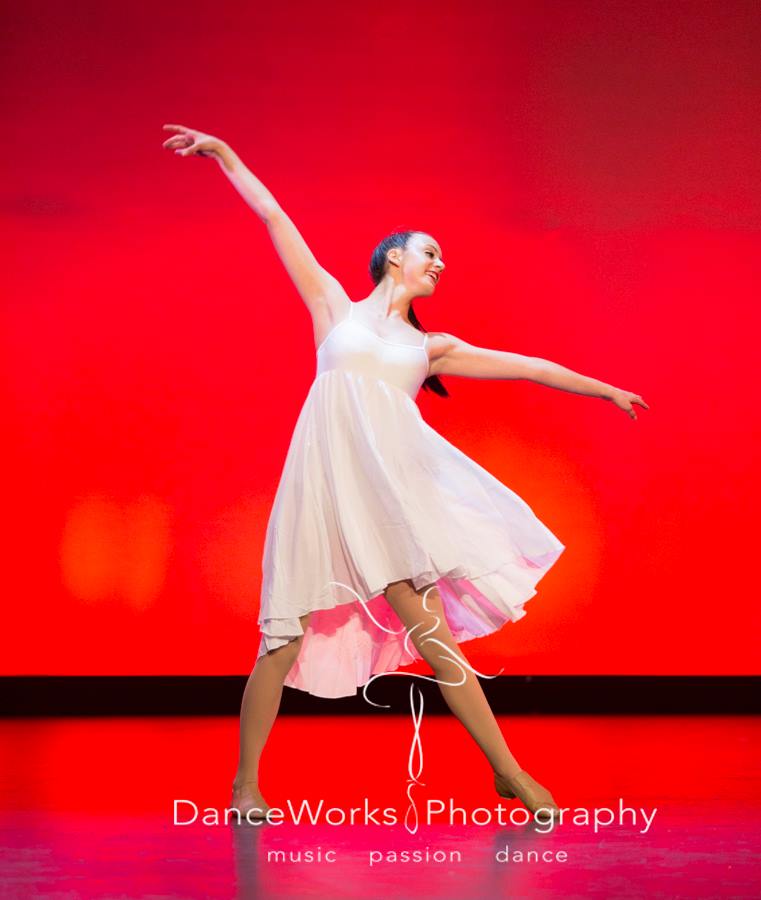

It is the coming together of ballet with rock, folk, pop, and alternative music.

Lyrical is a mixture of ballet, jazz, and contemporary dance techniques.Also, interpretive and mimic dancing has been inculcated to inspire and entertain worshipers an expression of spiritual joy.What is lyrical dance? This is a question asked quite often at Omaha School of Music and Dance! Here are ten things you should know about this relatively new style of dance that we offer at our 144 th and Dodge location! New forms and expressions of liturgical dancing being incorporated include the modern ballet and jazz, hip hop based expressions, spontaneous movement with flags, banners, ribbons and decorations. Congregations are embracing new forms of liturgical dance and expressive worship. Liturgical dance has been present throughout the ages to inspire and uplift believers, as well as to provide means of expressing praise and worship to God.

Liturgical dancing in Catholic holy mass is prohibited by the canon law of the catholic and the Eastern traditional Churches with the exemption of parts of Africa where dancing has traditionally been employed in consecrated contexts. However, some other Christian groups disapprove of dancing in liturgy due to association with blasphemous activities and insignificance. Attempts have been made to incorporate liturgical dance into the Catholic Mass with the intention a relaxed worship atmosphere. Its performance has grown in the United States of America since it was initiated by Carsa De Sola and her Omega Company in the Catholic mass. In Christian worship, liturgical dance is often welcomed even by non-liturgical denominations. Differences Between Faith Groups and Historical Eras. From the Biblical times to the 19th Century, dancing as a form of Christian worship and celebration was popular and common among the congregation.ģ. Also, in 2 Samuel 6, when King David brought back the Ark of Covenant, the Israelite danced as they celebrated the great deeds of God. Miriam, who was a prophetess and sister to Moses, who was leading the Israelite, gathered the women to perform a song and dance in worship after they had crossed the Red Sea. Origins -įor Jews, liturgical dance, first seen Biblically in Exodus 15:20-21, was seen when the Israelites were crossing the Red Sea. Liturgical dancers mostly use their body parts, for instance, lifting up of hands, clapping continuously, swaying the body in any direction, and moving the head to the tune of the music to express to the congregation the joy they feel within. Choreograph dances are frequently used before the congregation to create exciting and emotional atmosphere. Liturgical dancers express the word and the spirit of the Lord through movement of various body parts. Many churches consider it an acceptable form of a Christian way of worship.

Overview and Characteristics -įor many faith groups and believers, liturgical dancing forms an integral part of worship. Liturgical dance may either be spontaneous or have been planned in advance. Dancers respond to an appropriate dancing technique which coordinates with the music and is believed to improve worship expression and devotion. Liturgical dance entails movement of body parts which accompanies worship as an expression of devotion. Dancing has evolved from simple movement of body parts to a complex choreographed movement. Dance has for a very long time accompanied various forms of music as an expression of the joy or the feeling generated from the music.


 0 kommentar(er)
0 kommentar(er)
